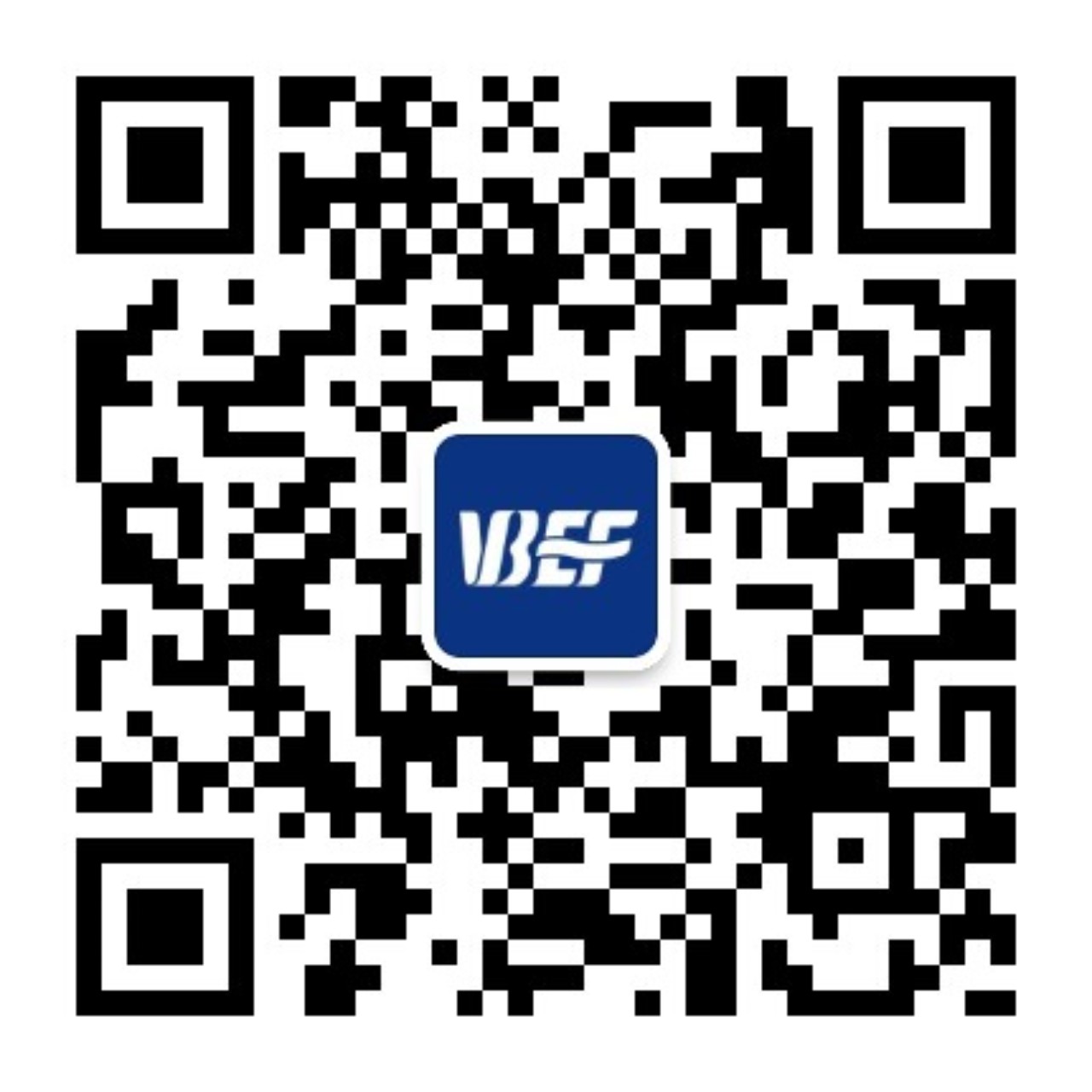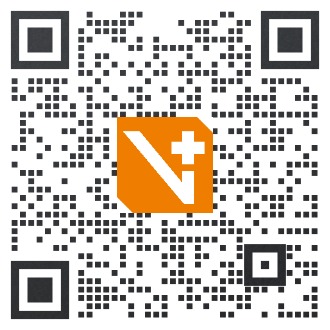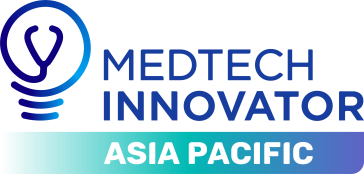NEW YORK – Engineering biology startup Sherlock Biosciences has been awarded two new grants in the last two months that will help the company develop its twin technology platforms, SHERLOCK and INSPECTR, into the foundation for new diagnostic tests that can be used in just about any environment or circumstance.
In September, the company announced it had won a contract worth approximately $2 million from the US Department of Defense's Defense Threat Reduction Agency (DTRA) to develop rapid diagnostics for pathogens and other biothreats. The approximately two-year grant will help the firm develop its Sherlock platform for a battlefield setting, as well as refine its computational tools.
And this week, Sherlock and Mologic announced that they have received a grant from the Bill & Melinda Gates Foundation to develop tests that combine lateral flow and molecular diagnostic technologies for use in low-resource settings and the home. The amount of the grant is undisclosed.
Sherlock launched in March with initial financing of $35 million and licenses to foundational CRISPR and synthetic biology technology from the Broad Institute and Harvard's Office of Technology Development. The firm aims to use engineering biology tools, including CRISPR and synthetic biology, to develop a new generation of molecular diagnostics that can rapidly deliver results for a wide range of needs at low cost.
In other words, rather than improving on existing diagnostic testing modalities, the company is trying to develop diagnostics that don't currently exist in order to do testing for various diseases "where [it] should be done, but isn't," said CEO Rahul Dhanda. So, while Sherlock's tests, as the company envisions them, would be useful in doctors' offices and hospitals, they would also be made to be used on the battlefield, in the home, and in low- resource environments.
One of the company's foundational platforms, SHERLOCK (Specific High-sensitivity Enzymatic Reporter unLOCKing), was first developed by Feng Zhang's team at the Broad Institute in April 2017. The team made improvements to the technology in March 2018 in order to move it closer to use in the field and clinic. And a team led by Broad researcher Pardis Sabeti demonstrated in April 2018 that SHERLOCK could be used as a diagnostic tool to detect Zika virus in the field.
SHERLOCK combines various CRISPR-Cas13 enzyme types with Cas12a and Csm6 to allow for the simultaneous detection of multiple nucleic acids at once. It also has a bilateral flow strip made of paper — this visual readout doesn't require any additional instrumentation, much like a pregnancy test.
INSPECTR (INternal Splint-Pairing Expression Cassette Translation Reaction), the company's other foundational platform, is a synthetic biology-based molecular diagnostics system developed by a team led by Jim Collins at the Wyss Institute. The technology can be programmed to distinguish targets based on a single nucleotide without an instrument and at room temperature. It consists of a DNA hybridization-based sensor that can be programmed to detect target nucleic acids with single base pair specificity, coupled with a paper-based synthetic gene network that translates the sensor's detection into a bioluminescent signal.
According to Dhanda, the grants the company has received will enable it to further develop these technologies. They're also funding the development of a deep-learning artificial intelligence technology that could be used to speed the creation of new diagnostics based on SHERLOCK and INSPECTR.
"Part of the money goes into the bioinformatics front end of designing assays so that the efficiency of development is so high that we can get a very fast response to any new emerging threat," Dhanda said of the DTRA grant. "If somebody develops a new infectious agent [they can] weaponize, we'll then be in a position at the end of this project to have a rapid response so that there can be something available very quickly to deal with it."
This grant is also primarily aimed at further developing SHERLOCK, he added.
The Gates Foundation grant, meanwhile, will be used primarily to develop low-cost, highly accurate, simple, and rapid molecular diagnostic tools that could be deployed in the geographies that the foundation primarily focuses on, and that could be used in low- resource settings where healthcare workers are constrained from using most kinds of instrumentation currently used for high-tech disease testing. The Gates Foundation has a target list of infections that it would like to see monitored and tested for in low-resource settings, Dhanda said.
For Sherlock, this grant is an opportunity to further develop the INSPECTR platform and to show that the technology is capable of delivering diagnostics that could be used just about anywhere.
"Roughly speaking, I think if there's something that has to do ultra-rapid and ultra-sensitive detection, we would probably use SHERLOCK, because it's a little bit further along in sensitivity," Dhanda explained. "If there was something that was in a very remote area that wouldn't support the use of even a small instrument with it, even if it's battery powered, under the circumstances we would probably use INSPECTR."
Sherlock is planning to develop multiple assays. The foundation is looking for discrete tests that can each diagnose a single type of infection agent by potentially looking at multiple markers of that infection, Dhanda said.
The company has already progressed with further developments on SHERLOCK and INSPECTR since it emerged from stealth. For SHERLOCK, the researchers are looking at using other nucleases than the ones currently used, and trying to determine which enzymes would be useful under which circumstances.
"The majority of the improvements around Sherlock have been ensuring that the robustness is consistent across every assay, so that we can scale and appropriately manufacture and develop products," Dhanda said. "We've shored up a lot of the performance to ensure that it will always be adequate for whatever tests and products we develop."
As for INSPECTR, Sherlock is attempting to use the platform to fill the gap between current molecular diagnostics technology and older tests such as immunoassays that are very simple and don't cost much to run, explained Sherlock Chief Technology Officer William Blake.
"There's nothing that exists that's like an immunoassay that detects nucleic acids, so INSPECTR is a platform to enable that," he said. "It [turns] a nucleic acid hybridization into an encoded output that could be a reporter, it can be an enzyme that catalyzes a reaction and that leads to a color change, it can be an antigen that's detected via a more traditional lateral flow-based technology. And so, internally we are driving the technology toward what would be a simple-to-use diagnostic test that wouldn't require instrumentation and temperature control, features that are more typical of molecular diagnostic assays as they exist today."
The technology is based on the use of cell-free systems that enable certain functions of a cell to occur outside the context of a living cell, Blake explained. Research from the Collins lab showed that cell-free systems are essentially cell extracts that enable functions such as transcription and translation to occur in a homogeneous environment. Collins and his team showed that it was possible to take a cell extract and freeze-dry it into a porous substrate like paper, and that this cell-free system could be stored at ambient temperature for more than a year, and that the transcription and translation functions would still be active when rehydrated.
"That led to the foundation of what INSPECTR is, which is using cell-free systems which are incredibly low cost inherently and programmable. It can be stabilized by freeze-drying for storage at ambient temperatures," Blake said. "That, coupled with innovations around probe design, enabled INSPECTR where you have nucleic acid sequence probes that come together based on the presence of a target. When those probe sequences come together, an expression cassette is formed and that enables transcription within the context of that cell-free system in translation to an encoded output that then can catalyze the reaction."
And because the cell-free system is active over a wide range of temperatures that are more typical to existing immunoassays, and there is no amplification of the target sequence, the platform enables the development of instrument-free paper-based or disposable plastic diagnostics that are more akin to a modern pregnancy test.
The company is also looking at ways to possibly combine SHERLOCK and INSPECTR and have them work together. Such a combination could leverage the ability of INSPECTR to detect nucleic acids at ambient temperatures on the front end, and the ability of SHERLOCK on the back end to generate very specific responses, Blake said.
"So, in cases where you may want to leverage our CRISPR-Cas based diagnostics outside the context of using an instrument by combining the technologies, you may be able to leverage the benefits of INSPECTR and its ability to be used without an instrument together with the high specificity benefits of the CRISPR-Cas based diagnostics system," he added.
Broadly speaking, the company is looking at applications where centralized, rapid, highly sensitive results would be most valuable, hence the initial focus on infectious diseases, Dhanda said. But the prospect Sherlock is most excited about is the creation of diagnostic tools that are unlike the tests that have been developed recently, which Dhanda described as getting nothing more than incremental improvements over the last 30 or 40 years.
"Engineering biology tools are so broadly applicable and so incredibly powerful that they're introducing new ways of solving problems that we just previously had thought unsolvable," Dhanda said. "The exciting thing to me about INSPECTR, and CRISPR falls in this category too, is that … we can solve problems starting with a new technology as opposed to adapting existing technologies. Diagnostics has always been [an area] where we [ask how to] make PCR work faster or use microfluidics to purify samples. Instead, we answer all those questions at once and use these engineering biology tools which actually consist of the very biology that we're trying to analyze."
To Dhanda's way of thinking, this new diagnostic modality will enable Sherlock to create tests for a multitude of environments. "These are platforms that have applications anywhere that DNA testing is done today, and anywhere that it's not but should be," he said.
For example, a patient could be tested in a doctor's office for an infection like the flu and get the results very rapidly. Or the patient could test himself or herself at home and then consult with a doctor without ever having to leave home. They could be used to monitor the effect of a given treatment on a patient. Importantly, such diagnostics could be used in the developing world.
In fact, the company is looking at the possibility of developing assays for treatment monitoring, which could be useful in oncology, though that idea is still in the early stages. Sherlock has also had discussions with pharmaceutical companies to develop assays that could be used in drug development, Dhanda said.








 提供支持
提供支持
















